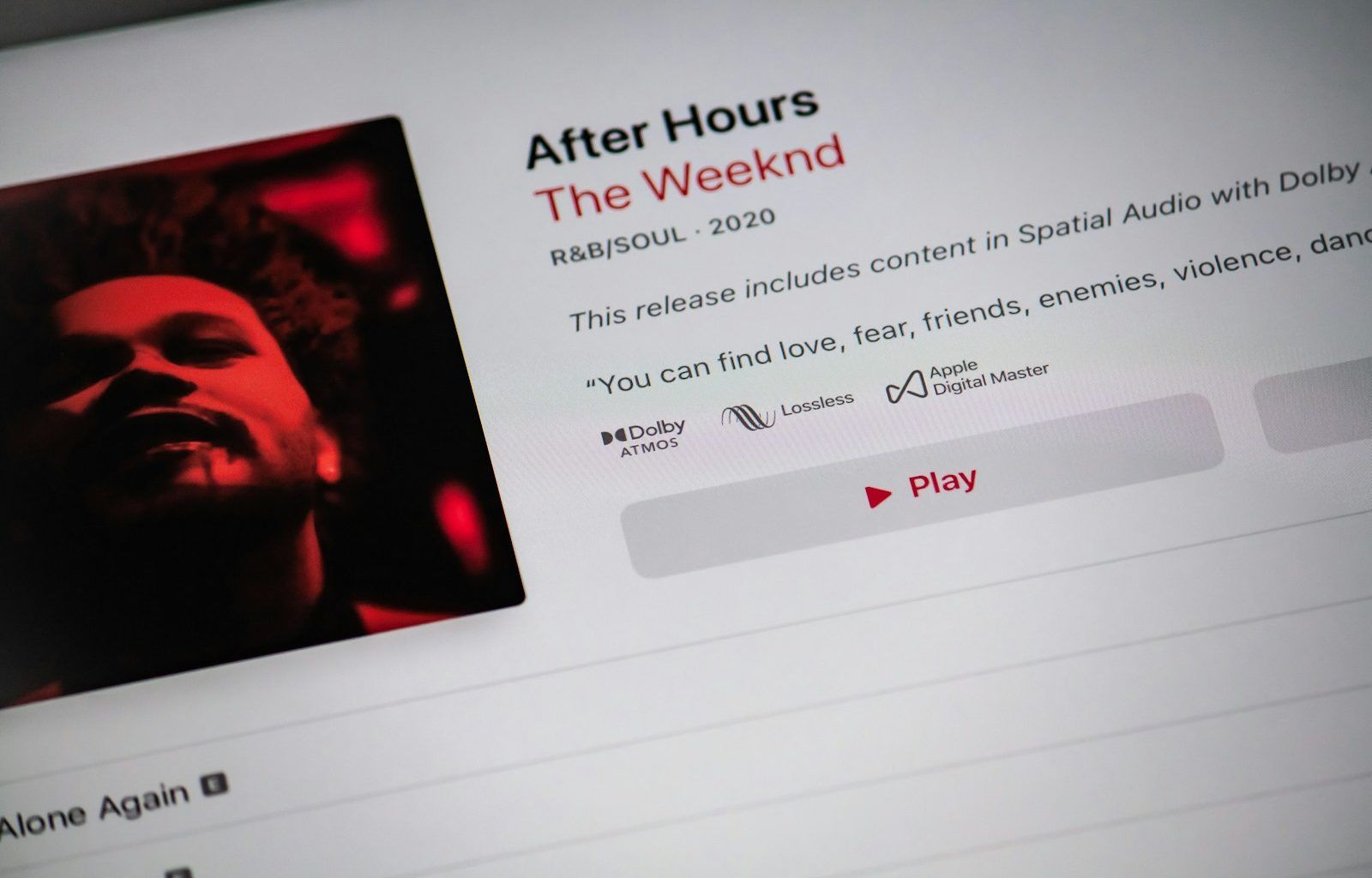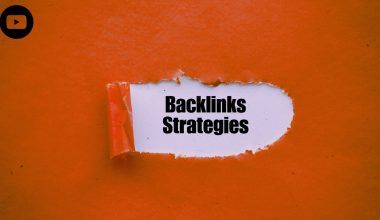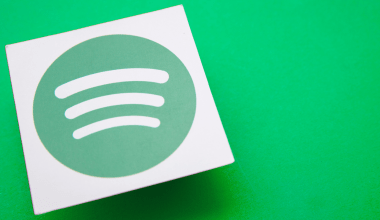If you’ve ever dreamed of sharing your music with the world, Apple Music is one of the best platforms to make that happen. It’s a global stage with millions of listeners ready to discover new music. But how exactly do you put your music on Apple Music? Don’t worry, we’ve got you covered with this step-by-step guide.
Why Choose Apple Music?
Before diving into the process, let’s talk about why you should consider Apple Music. With over 100 million active users worldwide, it’s one of the most popular streaming platforms. Apple Music offers artists a chance to monetize their music, connect with fans, and even access valuable analytics. Plus, it’s easy to use for listeners and creators alike.
So, let’s break it down and explore how you can get your music out there!
Step 1: Understand What You Need
Before you begin uploading your music, it’s essential to have a few things in place. Here’s what you’ll need:
1. A Digital Distributor
Apple Music doesn’t allow artists to upload music directly to the platform. Instead, you’ll need to work with a digital distributor. These companies act as a middleman, ensuring your music gets to Apple Music and other streaming platforms like Spotify or Amazon Music.
Some popular digital distributors include:
- TuneCore
- DistroKid
- CD Baby
- Amuse
These platforms differ in pricing, royalties, and services offered, so it’s worth researching to find the one that suits your needs.
2. High-Quality Audio Files
Your music should be in a high-quality format, like WAV or FLAC. Apple Music values audio quality, so submitting the best version of your music is crucial.
3. Album Artwork
Don’t forget about visuals! Your album or single needs eye-catching cover art. Make sure it meets Apple Music’s specifications (e.g., minimum 3000 x 3000 pixels, in JPG or PNG format).
4. Metadata
Metadata is the information about your track—like the song title, artist name, and genre. This helps listeners discover your music and ensures you get credited properly.
5. Necessary Rights
Make sure you own the rights to your music or have permission to distribute it. Apple Music won’t accept copyrighted material without proper authorization.
Step 2: Choose a Distributor and Create an Account
Now that you have everything ready, it’s time to choose a distributor. Each distributor has a slightly different process, but most follow a similar structure:
- Sign up for an account: Provide basic information, such as your email and payment details.
- Upload your music files: Submit your high-quality audio, album art, and metadata.
- Select platforms: Choose Apple Music and any other streaming services you want to distribute your music to.
- Set pricing: Decide if you’ll sell your tracks and for how much.
- Submit for approval: Review all details before sending your music for distribution.
Most distributors take a few days to a week to approve and upload your music to Apple Music.
Step 3: Promote Your Music
Once your music is live, the next step is promotion. Simply having your music on Apple Music isn’t enough; you need to get listeners to find and enjoy it. Here are some tips:
Let your fans know your music is available! Share links to your tracks on platforms like Instagram, Twitter, and TikTok. Use eye-catching visuals and hashtags to boost visibility.
2. Create a Pre-Save Campaign
Many distributors offer pre-save campaigns. This feature lets fans save your music before its official release, so they’ll be notified as soon as it’s live.
3. Collaborate with Other Artists
Collaboration is a great way to reach new audiences. Consider working with other artists and promoting each other’s music.
4. Submit to Playlists
Getting your music on popular playlists can dramatically increase your reach. Look for playlist curators or use your distributor’s submission tools to pitch your music.
Step 4: Monitor Your Performance
Once your music is on Apple Music, it’s essential to track how it’s performing. Apple Music for Artists is a free tool that provides valuable insights, such as:
- How many streams your tracks are getting
- Where your listeners are located
- Which playlists feature your music
Use this data to refine your promotional strategies and create music that resonates with your audience.
Overcoming Common Challenges
1. Rejections
Sometimes, your music might get rejected during the submission process. Common reasons include poor audio quality, incomplete metadata, or inappropriate album artwork. Double-check everything before resubmitting.
2. Standing Out
With so much music on Apple Music, standing out can be tough. Focus on creating unique content and building a genuine connection with your fans.
3. Understanding Royalties
Apple Music pays artists based on streams. Understanding how royalties work can help you set realistic goals and maximize your earnings.
Conclusion
Putting your music on Apple Music might seem overwhelming at first, but with the right tools and approach, it’s entirely achievable. Start by gathering everything you need, choose a reliable distributor, and follow the steps to get your music live. Once it’s out there, focus on promoting your tracks and connecting with your listeners.
By following these steps, you’ll be well on your way to sharing your music with the world and growing your fanbase. So, what are you waiting for? Start your journey to becoming an Apple Music artist today.
For further reading, explore these related articles:
For additional resources on music marketing and distribution, visit DMT Records Private Limited.





